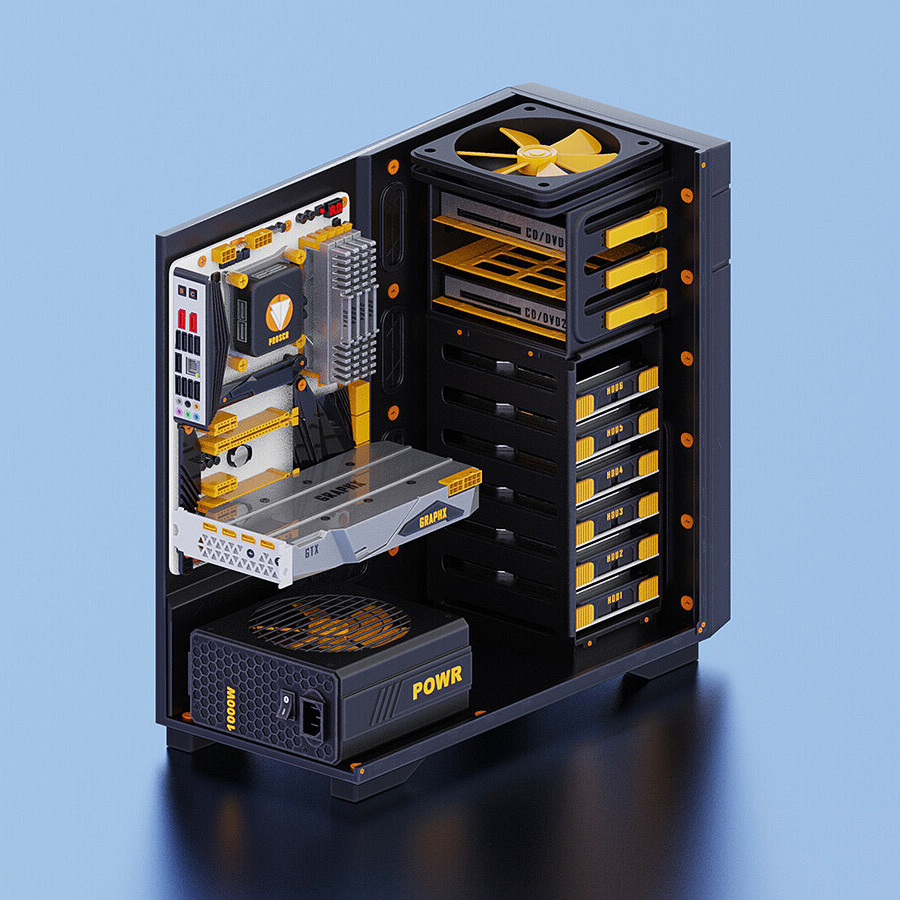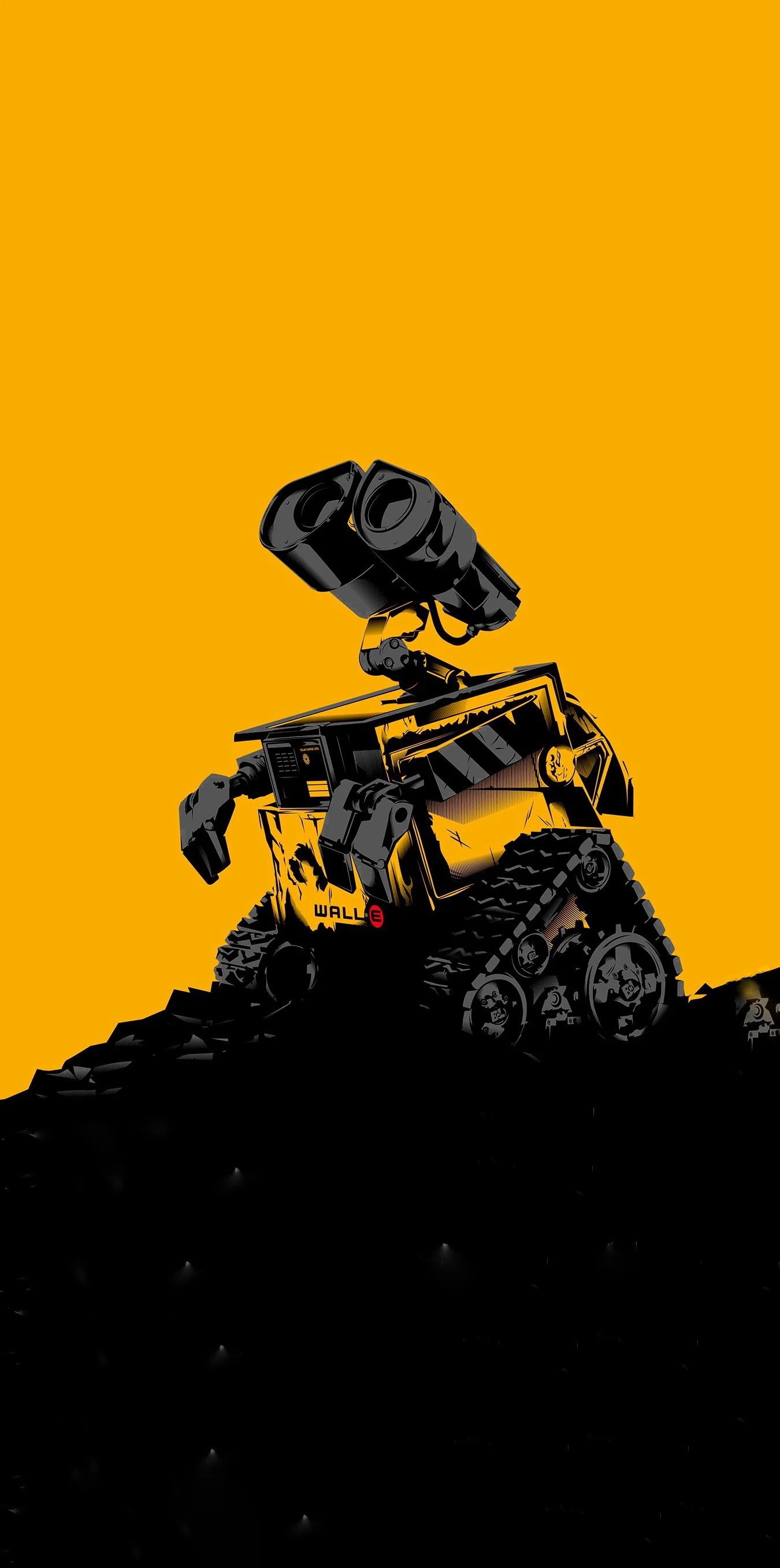This might be a strange one.
I build a new PC. Yea and verily, it is like unto a tiny god. Especially compared to my old PC, which as I have opined around here before I built in 2012 (!) and was still sporting a Sandy Bridge i7 2600K.
Is. Is sporting. It still works. I will undoubtedly replace my living room media center machine with it.
My new machine is very fast and very swanky, and through my component selection I also inadvertently wound up making it very quiet, as well, which it turns out I kind of like. Part of this is no doubt contributed to by the fact that it hasn’t got any hard drives in it – just two SSD’s. Currently its four SATA sockets sit forlorn and empty.
Part of my old machine’s raison d’être was that it had a big old RAID array in it. Four whole terabytes across a RAID 5 array consisting of 4 disks. Hey, cut me a break. That was a lot of ones and zeroes, over a decade ago. Of course, the contents of that entire RAID can fit snugly (very snugly…) on my 4TB boot drive now. But I kind of want some additional bulk storage. I have work to do; All that media out there ain’t gonna pirate itself.
This raises an interesting concern, since this thing lives on (not under, at least as of yet) my desk full time about 24" away from where I sit. And this is a metric that’s remarkably difficult to search or filter for:
What is a good quiet hard drive option?
Not fast, not inexpensive, not even especially capacious – I’ll be stringing 4 disks together as a RAID 5 array again. 10 or 12 TB units will probably do. So I don’t care about any of those things.
These days it seems that big spitting platter drives are all marketed towards either NAS applications with all the jet-turbine trappings that entails, or “screaming” gaming performance, which is deeply silly since all of my OS, programs, and games will reside on an SSD.
Any ideas?
(And no, I am not interested in building a NAS and tucking it in a closet someplace.)
Seagate Ironwolfs aren’t a bad shout. They come in a multitude of sizes (capacity) and are specifically for servers so they have to be made as durable and vibration-free as possible.
Knowing nothing about Seagate these days it is hilarious to me that when I started with nas Seagate hdds were suffering from a production defect and dying like flies. I went for wd back then and never looked back. I am sure they are equally good now but the brand just got that taste to me …
Edit xfs on top of cryptsetup on top of mdadm come to mind … Good times. Now it’s luks, LVM and whatever you want after that. So nice now.
Funny enough, I’ve got a similar history with WD somehow.
The right answer is what you e said you don’t want, a NAS tucked away somewhere. What you’re asking for are generally exclusive, large drives mean spinning up mass and that’s going to make noise. If you want quiet you’ll want large SATA SSDs (Samsung makes up to at least 8TB ones, I don’t have the need or funds for any though so don’t know if there are larger options), but they are spendy per GB compared to Ironwolfs, Reds, etc. For any RAID array, for bulk storage you’ll want NAS drives, they will be a better price per GB and are designed for the storage tasks typical of an array like that. For the same price you can get a Qnap or Synology appliance and fill it with 10TB rust drives and be all set.
If I’m going to put my array outboard somewhere, I’m certainly not buying an appliance for it. My old computer has eight (!) total SATA ports, so I can easily stuff it to the gills with drives if I were so inclined.
There are datacenter drives with anti-shock technology:
But the capacity is limited (probably due to the space required for the shock compensation) and they’re substantially more expensive per TB.
In general data center drives have heavier cases which help reduce vibration even if they don’t have active anti-vibration systems, so I’d recommend looking for those on the used market (and SMART test them).
Beyond that, you can get vibration damper mounts for your drives like these or these assuming that there’s enough room in your drive slots for the rubber bumpers. I have a Nanoxia Deep Silence case that has these on the drive trays and it definitely helps cut down the noise. You could also add neoprene pads to the inside of the case to absorb noise and vibration, and/or add some pads to the feet of the case. If the drive trays/cage are removable (not spot-welded to the case) you could add padding between them and the case. Or else just buy a new case that’s designed for noise reduction.
You could also use this strategy from CNC kitchen for reducing 3D printer vibration.
Basically you want to add mass and padding to the case.
Both Seagate and WD’s drives are pretty loud, but being that they’re helium filled (and sealed off) they’re not as loud as they could be. I think the quietest drives are shucked WD Easystore drives since they purposefully throttle the head’s speed.
If this is just mass storage on your desktop then I’d just skip the raid and grab two WD Easystores and don’t shuck them. Connect them up and power them on as needed. Have one be the “main” drive that you actually use, then periodically copy over all the data to the second drive to have a backup. Two 18-22TB drives gets you the same amount of usable space as raid 5 on multiple 10-12tb drives, it costs a lot less (they go on sale all the time at best buy). Plus you then get an actual backup instead of raid’s redundancy.



